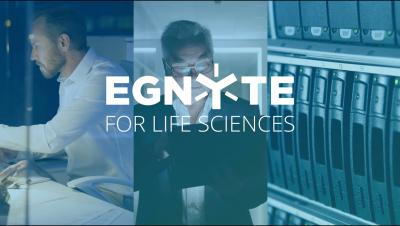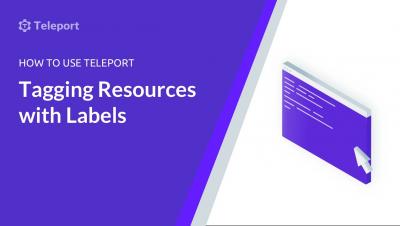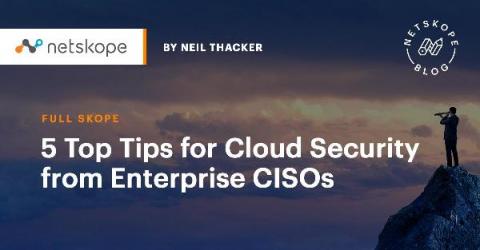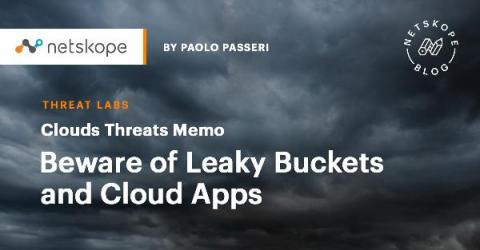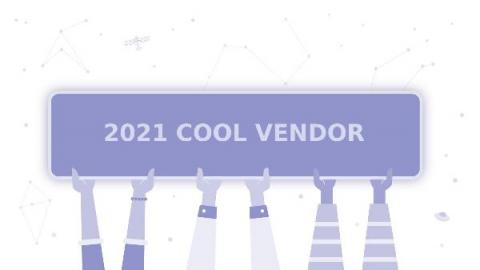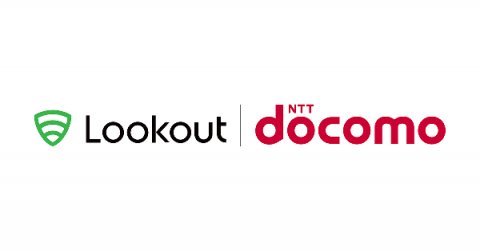Weekly Cyber Security News 24/06/2021
A selection of this week’s more interesting vulnerability disclosures and cyber security news. For a daily selection see our twitter feed at #ionCube24. Who would be silly enough to try and connect to a weird looking Wi-fi hot spot? Well, try to resist because if you have an iPhone you will break it and TL;DR; you will need to do a factory reset to fix it…



